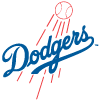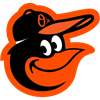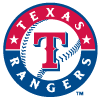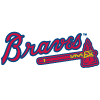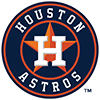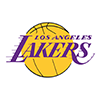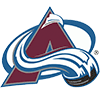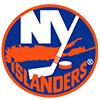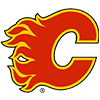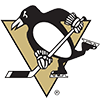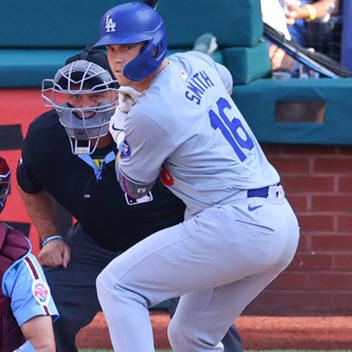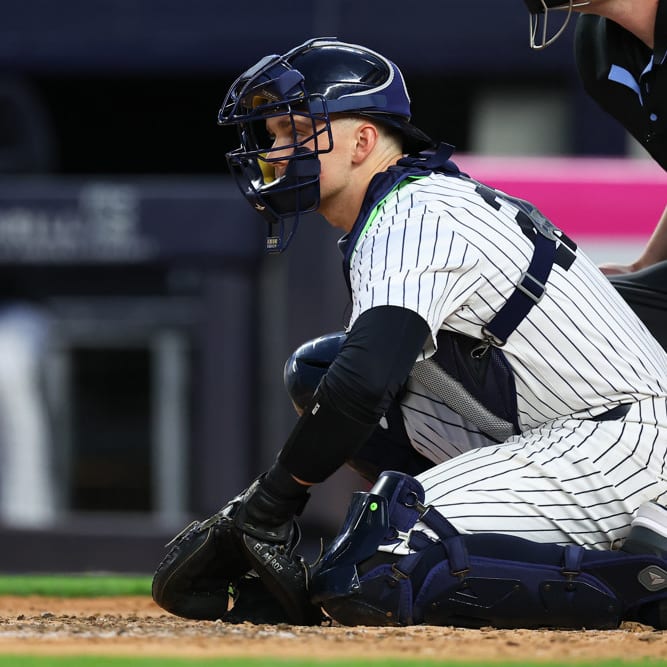Fantasy owners can certainly tell you that 2011 was the Year of the Pitcher. Just when they were accustomed to the Steroid Era and trained to take power-hitters early in their drafts, along comes the damn Dead Ball Era - at least compared to the Steroid Era - and now everyone is talking about pitching, pitching, pitching.
Did we really have to clean up the game THAT MUCH? What was so wrong with 73-home run seasons?
Okay, just kidding there. Baseball is back to its roots where good pitching can beat good hitting any day. Now fantasy owners have to adjust and change their draft plans slightly. Now an ace who can dominate four categories has to be looked at more closely. You can't just take hitters with your first eight picks and hope to find starting pitching value in the mid-to-later rounds. That won't win titles in the Year of the Pitcher.
If you don't believe me, look at these facts from STATS:
** MLB teams averaged 4.28 runs per game in 2011, the lowest since 1992's 4.12 and down from a Steroids Era peak of 5.14 in 2000.
** The home run average was down to 0.94 each team per game, also the lowest in 19 years and a sharp drop from 1.17 in 2000.
** The major league batting average of .255 was the lowest since 1989.
** The 3.94 ERA was a level last seen in 1992.
** Justin Verlander also just won the AL MVP
Fantasy owners can certainly tell you that 2011 was the Year of the Pitcher. Just when they were accustomed to the Steroid Era and trained to take power-hitters early in their drafts, along comes the damn Dead Ball Era - at least compared to the Steroid Era - and now everyone is talking about pitching, pitching, pitching.
Did we really have to clean up the game THAT MUCH? What was so wrong with 73-home run seasons?
Okay, just kidding there. Baseball is back to its roots where good pitching can beat good hitting any day. Now fantasy owners have to adjust and change their draft plans slightly. Now an ace who can dominate four categories has to be looked at more closely. You can't just take hitters with your first eight picks and hope to find starting pitching value in the mid-to-later rounds. That won't win titles in the Year of the Pitcher.
If you don't believe me, look at these facts from STATS:
** MLB teams averaged 4.28 runs per game in 2011, the lowest since 1992's 4.12 and down from a Steroids Era peak of 5.14 in 2000.
** The home run average was down to 0.94 each team per game, also the lowest in 19 years and a sharp drop from 1.17 in 2000.
** The major league batting average of .255 was the lowest since 1989.
** The 3.94 ERA was a level last seen in 1992.
** Justin Verlander also just won the AL MVP Award, the first pitcher to win that award since Dennis Eckersley in 1992 and the first starting pitcher to do that in the AL since Roger Clemens in 1986. Verlander won the AL's pitching Triple Crown, going 24-5 with a 2.40 ERA and 250 strikeouts, the most wins in the major leagues since Oakland's Bob Welch went 27-6 in 1990.
Many fantasy teams were led to league titles by Verlander and NL Cy Young winner Clayton Kershaw, so you'd have to expect these aces to be picked earlier this year than last year, right? Nope. Old habits are hard to break and starting pitchers still won't go too high even during Year of the Pitcher II. Last year eight starting pitchers went in the Top 45 picks in the National Fantasy Baseball Championship (NFBC) and right now seven pitchers are going in the Top 45. Let's look at the top starters and see what bargains might be found after them:
First 2 Rounds: Last year Roy Halladay, Tim Lincecum and Felix Hernandez were consensus picks in the Top 30 overall. This year it's looking like Kershaw, Halladay, Verlander, Lincecum and Cliff Lee could all go in the Top 30. Here's where they are being drafted in early NFBC pay leagues: Kershaw (15-21), Halladay (17-21), Verlander (22-29), Lincecum (26-29) and Lee (28-32). While nothing is a given when it comes to starting pitchers, these five sure seem like solid fantasy aces.
Rounds 3 and 4: Last year there were 13-14 starting pitchers going in the first four rounds and this year the same number of SPs are again going in the Top 60 overall. Last year the third and fourth rounds produced duds like Josh Johnson and Ubaldo Jimenez, but they also produced studs like Verlander, Kershaw and Jered Weaver. This year you can find the following aces in these rounds: CC Sabathia (picks 34-42), Hernandez (39-43), Weaver (49-50), Dan Haren (50-56), David Price (45-51), Ian Kennedy (54-58), Cole Hamels (50-55) and Zach Greinke (54-59). These pitchers are slightly below the Top 5, but you can certainly build a solid staff around any of these.
Looking For Bargains:Players coming off injuries are also ripe as bargains, but that all depends on when you're able to draft them. Stephen Strasburg is currently going around picks 60-64 as he showed in five late season appearances that his arm looks good. In 24 innings he struck out 24 and posted a 1.50 ERA and a 0.71 WHIP. As the 14th SP going off the board, he could still be a bargain. Adam Wainwright missed all of last season after undergoing elbow surgery, but should return healthy for spring training and is going between 85th and 90th overall, outside the Top 20 among all SPs. Josh Johnson is also going around 100 overall after having an ADP of 59 last year. He should be fully recovered from abdominal and shoulder woes last year and appears to be on a much better team. Expect a bounceback from Jon Lester, whose ADP right now is around 65 after being at 37 in the NFBC last season. He will perform to expected levels this year.
Where are the sleepers?: They are tough to find these days, so let's look for values rather than sleepers. Depending upon the competition in your league, Tampa's Matt Moore could have value. The consensus Minor League Pitcher of the Year in 2011, Moore is going in the Top 110 in NFBC drafts after striking out 210 in 153 innings last year in the minors and excelling for the Rays in the playoffs. Seattle's Michael Pineda may have faded down the stretch last year, but he has star ability. I think he bounces back strongly and more than adds value where he's being drafted now (around 110-115). Going right around the same spot is Atlanta's Brandon Beachy, who struck out 169 batters in 141.2 IP, while holding hitters to a .236 average. This guy can be very good. Also take a chance on a bounceback season by Ubaldo Jimenez, who is still just 27 and a bargain where he's being drafted now (137-147).
Yu Darvish is going to be a hot commodity if he comes to the Major Leagues. He hasn't been posted by Nippon yet, but it's possible he could go for over $50 million if he's posted. Last year he went 18-6 with a 1.44 ERA and 276 strikeouts, an average of 10 strikeouts per nine innings. He is 6'5", 200 pounds and boasts a mid-90s fastball. Where he goes on Draft Day is still a mystery, but watch this because he could be a great fantasy find at the right spot.
The Year of the Pitcher II is coming to theaters near year in 2012. Be prepared for it, but don't overvalue starting pitchers too much. At the end of the day, the aces still hold the same fantasy value as before in the eyes of fantasy owners. They're just doing their jobs with much better numbers.
(Greg Ambrosius is the founder of the National Fantasy Baseball Championship and a member of the Fantasy Sports Writers Association Hall of Fame and the Fantasy Sports Trade Association's Hall of Fame. For more information on the NFBC, contact him at gambrosius@stats.com or go to nfbc.stats.com).







